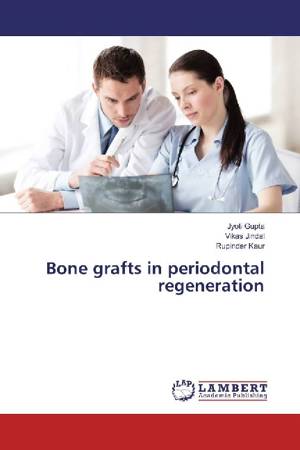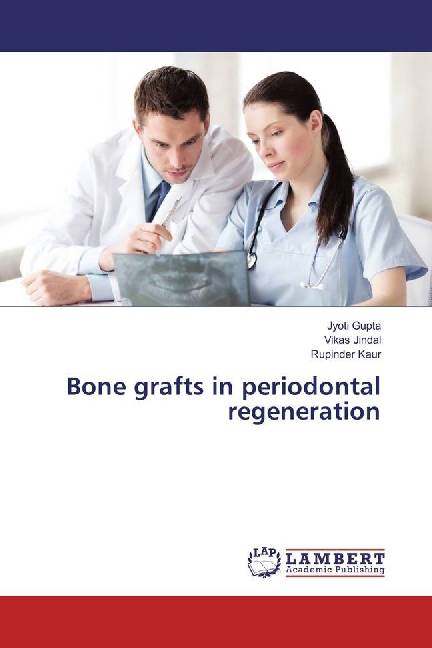
- Afhalen na 1 uur in een winkel met voorraad
- Gratis thuislevering in België vanaf € 30
- Ruim aanbod met 7 miljoen producten
- Afhalen na 1 uur in een winkel met voorraad
- Gratis thuislevering in België vanaf € 30
- Ruim aanbod met 7 miljoen producten
Zoeken
€ 63,95
+ 127 punten
Omschrijving
Although bone grafts have shown to be efficacious for the treatment of periodontal osseous lesions. The reconstruction appears to be limited to a mean bone fill of approximately 3-4 mm irrespective of the bone graft material used. Because, the ultimate goal of periodontal therapy is to reverse the disease process & completely regenerate the periodontium, additional stimuli to enhance the regenerative process is clearly needed. Except for fresh autogenous bone, bone replacement grafts do not provide osteogenesis or osteoinduction, mostly are osteoconductive but significant decrease in clinical parameters compared to flap debridement surgery alone. Histologically, differences among bone replacement grafts is reported. Overall probing depth reduction, attachment level gain and degree of defect fill are similar for all bone replacement grafts. As there is a continuing search for new materials & new approaches for bone repair, the future of bone graft for periodontal regeneration will always be an expanding topic...
Specificaties
Betrokkenen
- Auteur(s):
- Uitgeverij:
Inhoud
- Aantal bladzijden:
- 196
- Taal:
- Engels
Eigenschappen
- Productcode (EAN):
- 9783330319875
- Uitvoering:
- Paperback
- Afmetingen:
- 150 mm x 220 mm

Alleen bij Standaard Boekhandel
+ 127 punten op je klantenkaart van Standaard Boekhandel
Beoordelingen
We publiceren alleen reviews die voldoen aan de voorwaarden voor reviews. Bekijk onze voorwaarden voor reviews.








